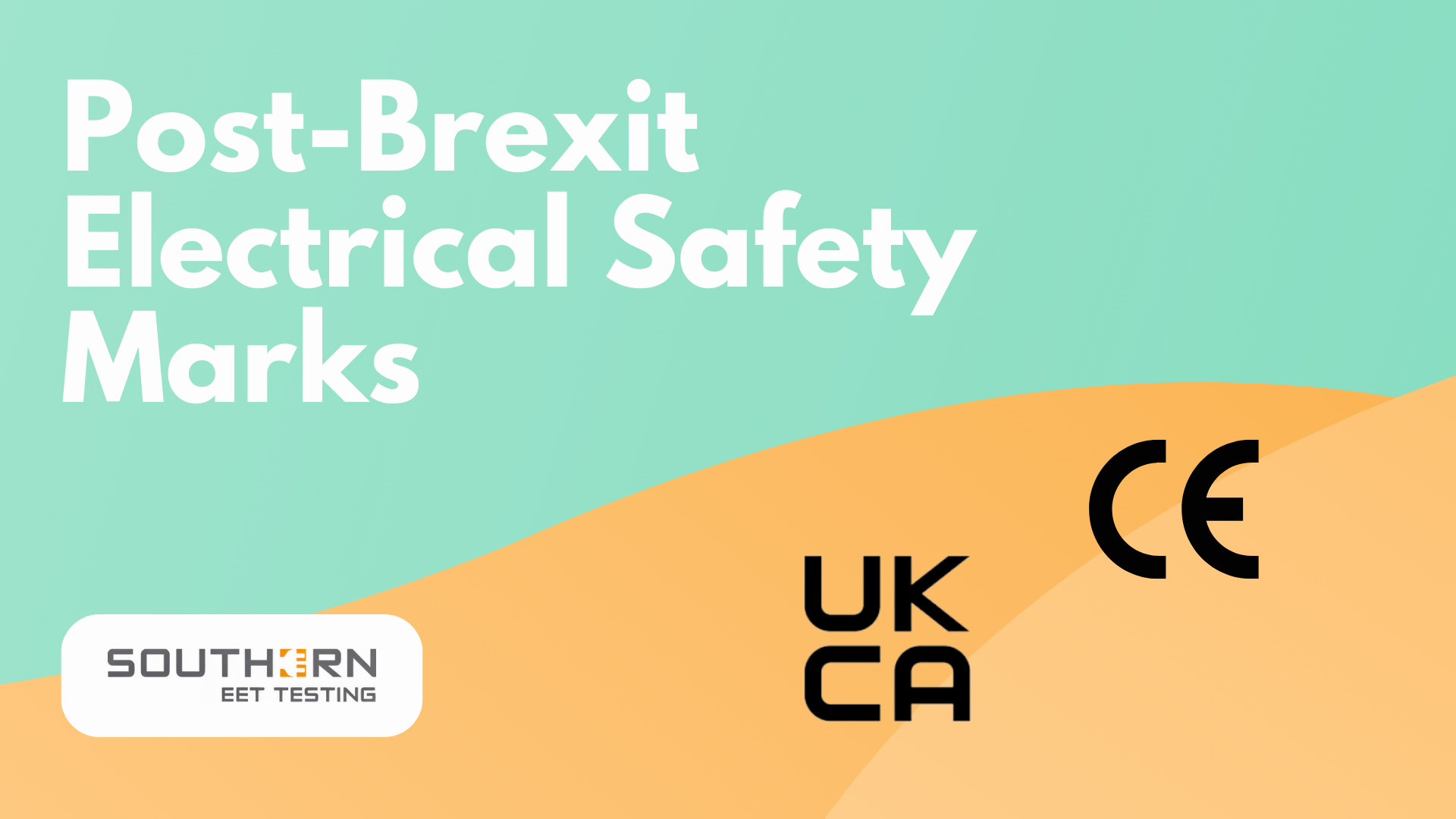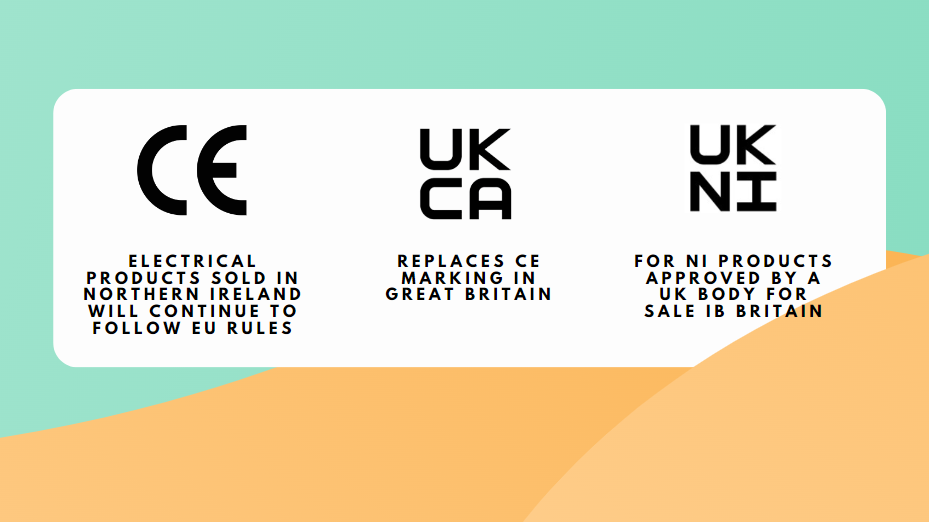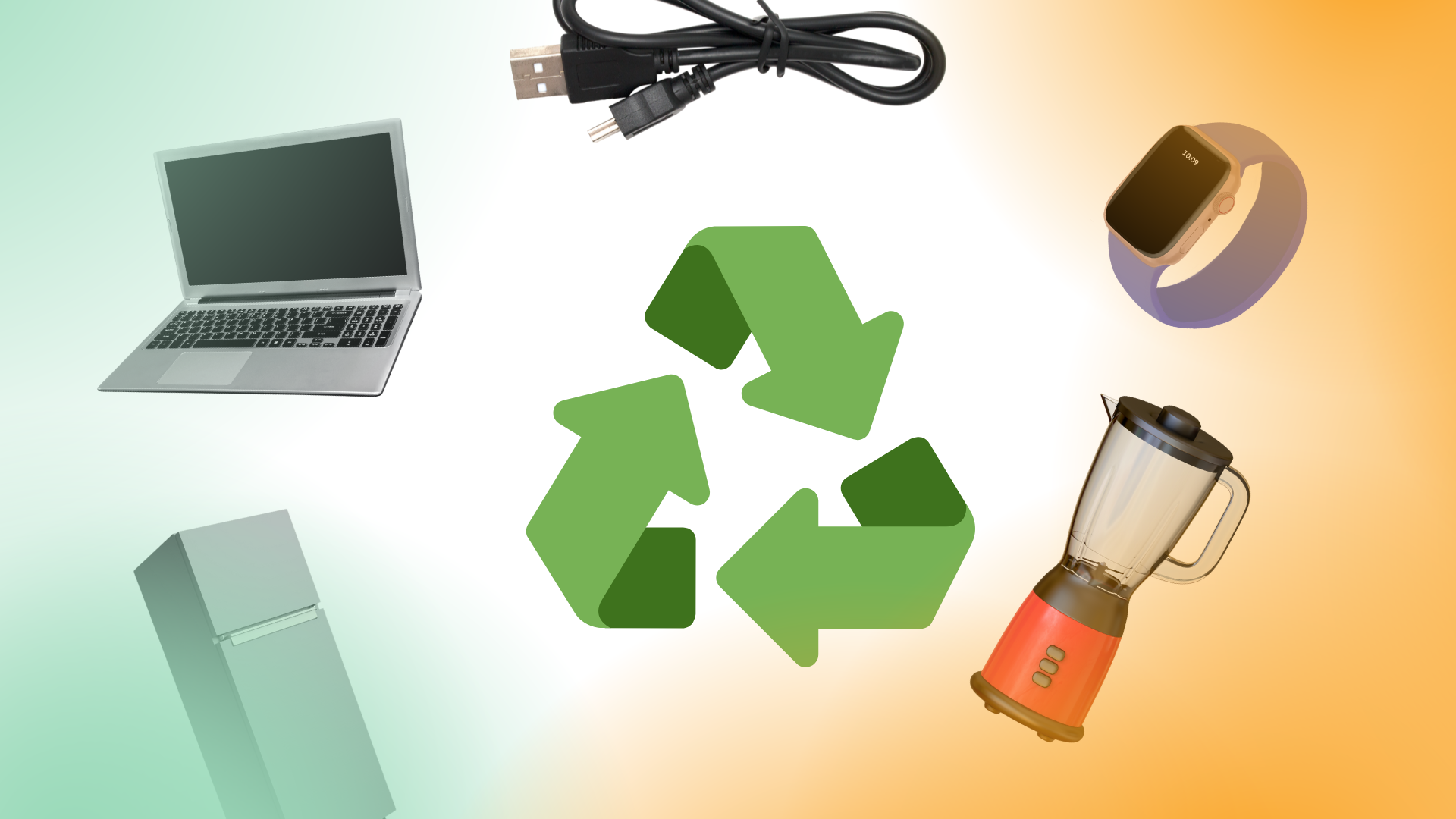Post-Brexit Electrical Safety Marks Explained
Electrical Safety Marks In the UK Have Changed: Look For The UKCA Mark

Post-Brexit Safety Markings for Electrical Products in Great Britain
Following the United Kingdom's departure from the European Union, new safety markings have been introduced for electrical products sold in Great Britain.
The UK Conformity Assessed (UKCA) mark now takes the place of the CE marking within Great Britain (comprising England, Wales, and Scotland) for a majority of electrical products.
The presence of the UKCA mark on a product signifies that it complies with UK safety standards.
For electrical products in Northern Ireland, EU regulations continue to apply, and these products will still bear the CE Mark.
In cases where products originating from Northern Ireland are assessed by a UK-approved body and sold in Great Britain, they will also feature the UK(NI) mark.

Transitional Measures for Manufacturers:
- Electrical products that were ready for sale before January 1, 2021, may still be sold with the CE mark.
- The CE mark will be recognized in England, Wales, and Scotland until December 31, 2022*, provided there are no changes in the regulations of GB and EU.
- Starting January 1, 2023, most electrical products sold in England, Wales, and Scotland must include the UKCA mark. The exception is for products from Northern Ireland, which can continue to use the CE marking.
- *Note: The initial deadline of December 31, 2021, has been extended by a year due to the Covid-19 pandemic's impact on businesses.
Guidelines for Safe Purchasing:
It's crucial to check for safety certifications on electrical products. Authentic products from legitimate manufacturers will have these certifications on their label. If the certification mark is only on the packaging and not the product, the product might be counterfeit.
To avoid purchasing hazardous electrical goods, be vigilant about your source – buy directly from the manufacturer or from reputable retailers, like those found on main shopping streets.











